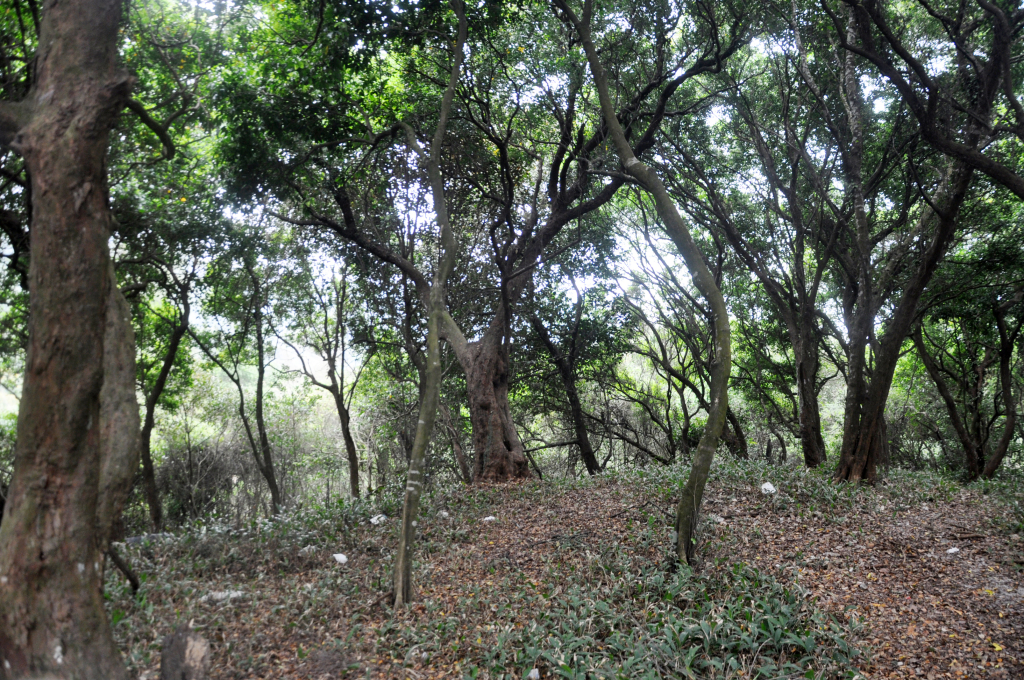For more than 60 years, continuous tree planting, forest conservation, and development efforts have transformed this frontier island into a vibrant highlight of the Gulf of Tonkin.

The ancient forest along the coastal route in Dong Tien Commune, Co To (Photo: baoquangninh.vn)
May 9, 1961, marked a historic milestone for the people of Co To Island, Quang Ninh, as they had the great honor of welcoming President Ho Chi Minh. During his visit, he advised the island’s soldiers and residents: "You should plant many fruit trees, timber trees, and trees to block storms. Planting trees will bring great benefits to the people and make our homeland even more beautiful."
Following his words, for over six decades, generations of soldiers and residents on this northeastern island district, along with many other coastal and island regions, have actively engaged in afforestation and forest protection. Their efforts have yielded immense ecological benefits and helped mitigate natural disasters.
Having endured countless storm seasons since her youth, Ms. Nguyen Thi Sac, a member of the Co To Women's Union reforestation team, still maintains her habit of checking the protective casuarina forest after each storm.
"President Ho Chi Minh reminded us to plant and restore forests. If a storm breaks trees or causes them to die, we immediately replant," she shared.
Today, in an effort to sustain the green landscape of this frontier island, more than 3,000 hectares of forest spread across 28 islands are under special care and protection.
Patrolling Co To’s forests often means crossing the sea. The rare beauty of ancient forests and vast stretches of primeval greenery, covering up to 58% of the area, serves as motivation for rangers and conservation teams to brave the waves and winds in their mission to protect and manage these precious forests.
For over six decades, the unwavering commitment to tree planting, forest conservation, and development has turned this frontier island into a picturesque landmark of the Gulf of Tonkin. This tradition continues today with efforts to preserve and expand native species and other indigenous trees./.
Compiled by BTA